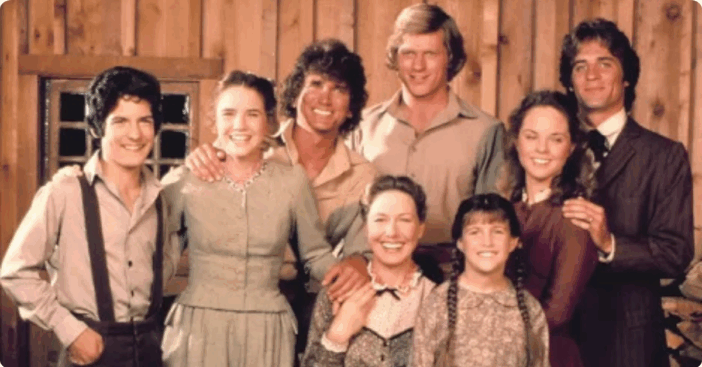
Life on Little House on the Prairie wasn’t always as wholesome as many remember. During a recent discussion on the Little House 50 podcast, cast members Alison Arngrim and Dean Butler revisited one of the show’s most unsettling moments — the Season 3 episode “Bully Boys.” What began as a typical storyline about trouble in Walnut Grove quickly turned into something far darker.
As shared by Fox News, the episode follows the Galender brothers — two adult men and a teenager — who bring violence and chaos to town. Their behavior was so disturbing that Arngrim admitted it gave her “Texas Chainsaw Massacre” vibes. Fans of Little House on the Prairie may remember the tension, but hearing the stars recount just how harrowing the filming process felt adds new weight to the memory.
Revisiting The Darkest Episode Of “Little House On The Prairie”
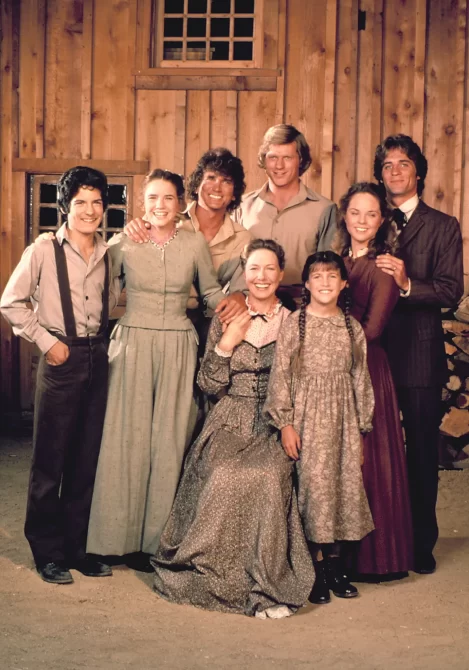
According to Arngrim, the Galenders’ aggression toward women made the story deeply uncomfortable. She described how the script included scenes of woman-beating that were shocking even by modern standards. Her co-star, Dean Butler, added that the episode illustrated “an absence of moral guardrails,” making it clear that the show wasn’t afraid to explore unsettling social issues. For a series remembered for its family values, this installment of Little House on the Prairie stood out as a grim lesson about standing up to cruelty.
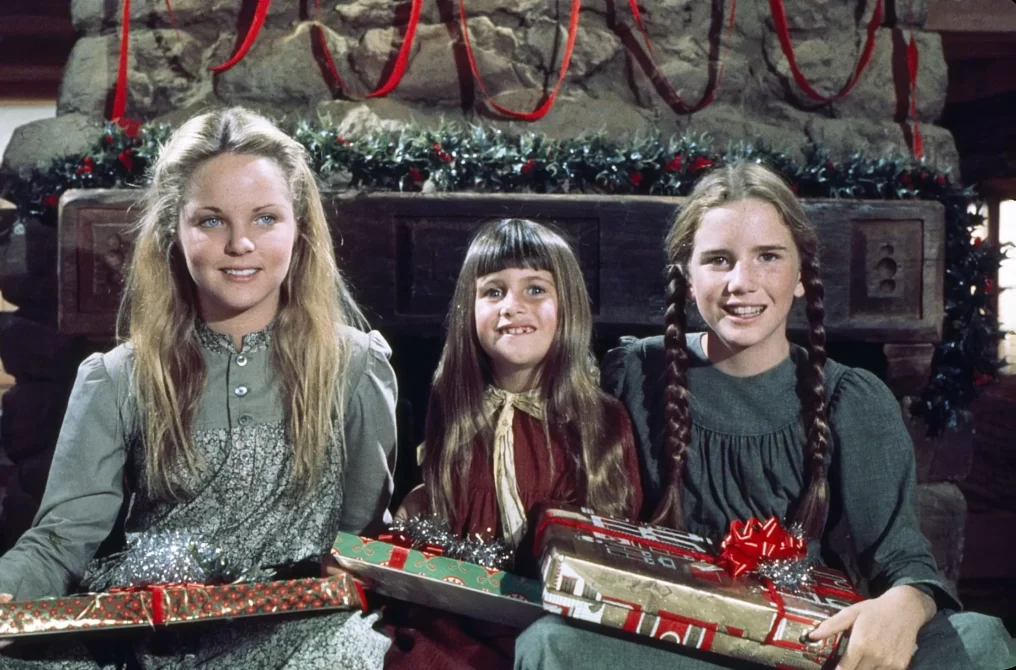
The episode’s disturbing tone reaches a breaking point when Caroline “Ma” Ingalls, played by Karen Grassle, is attacked. Arngrim praised Grassle’s portrayal of trauma, calling it “dead on” and emotionally raw. In the aftermath, Mary and Laura Ingalls — along with the children of Walnut Grove — unite to confront their abusers, creating one of the most powerful collective stand moments in the show’s history.
The Legacy And Courage Behind The Storyline
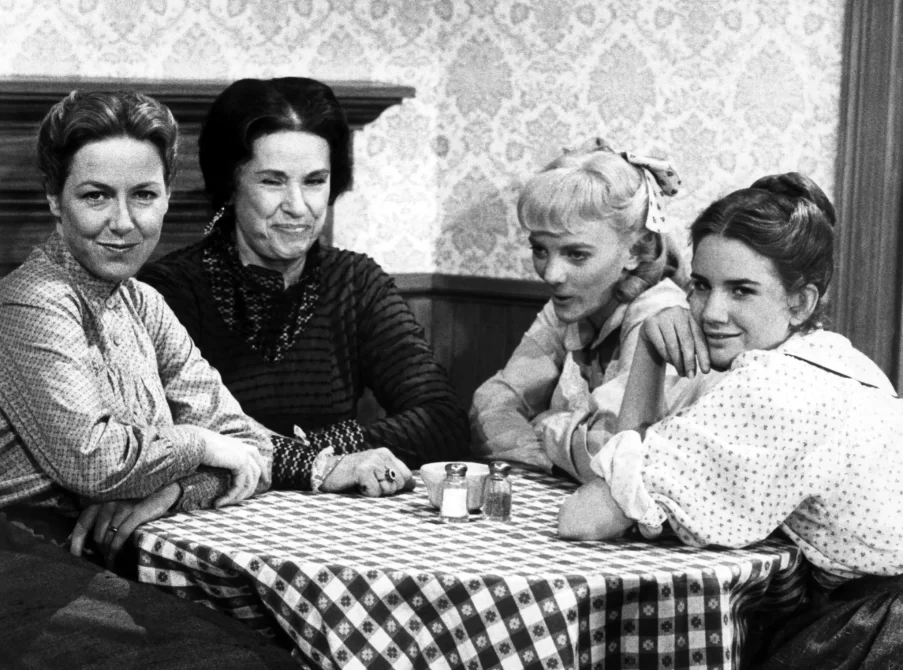
Reflecting on the episode decades later, the actors acknowledged how rare it was for television in the 1970s to depict such violence and emotional complexity. Even within a beloved family drama like Little House on the Prairie, the story dared to challenge viewers to think about boundaries, justice, and courage in the face of fear. Butler noted that its moral was simple but enduring: “It’s time to stand up together and be counted when someone is treating you wrong.”
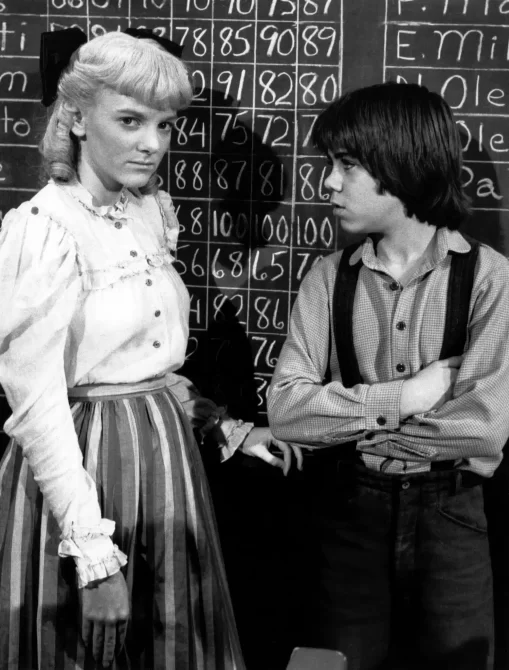
For longtime fans, this recollection is both shocking and fascinating. Little House on the Prairie remains a cornerstone of nostalgic television, but moments like “Bully Boys” reveal the show’s willingness to confront humanity’s darker side — and how resilience can rise even in the heart of Walnut Grove.
